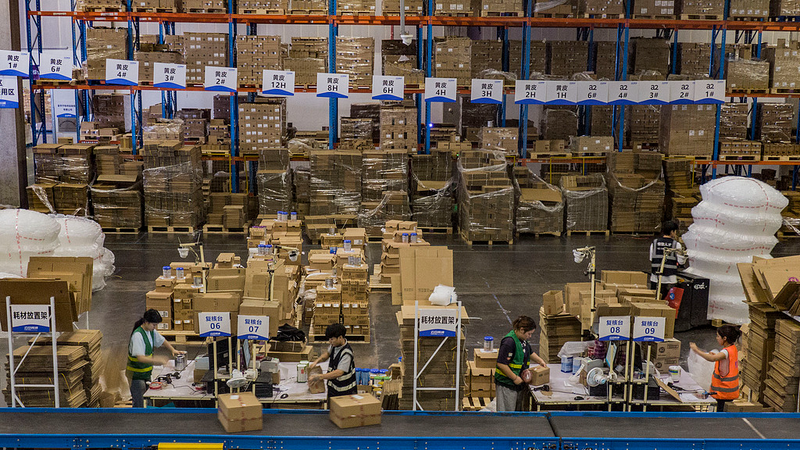
Youth Redefine Global Consumption and Cultural Exchange
From Brazilian coffee to Chinese electric cars, youth around the world are using ecommerce platforms to redefine consumption and build cross-cultural connections.
My Global News: Voices of a New Era
🌍 Stay Ahead, Stay Global 🚀

From Brazilian coffee to Chinese electric cars, youth around the world are using ecommerce platforms to redefine consumption and build cross-cultural connections.

Young global consumers blend Brazilian coffee with Chinese mainland electric cars, turning e-commerce into a cultural exchange.

A Berlin court has ruled that Google must pay €465 million in damages to price comparison site Idealo for market abuse. Google plans to appeal as Idealo vows to press on.

China’s Double 11 festival set a new logistics milestone: postal and express companies handled 777 million parcels in a single day, boosting consumer spending and efficiency.

China’s Double 11 spree this year saw huge growth in AI-powered and eco-friendly gadgets, boosted by government trade-in incentives and soaring e-commerce sales.

Explore how Double 11 on the Chinese mainland is reshaping youth spending—from budget hacks to impulse buys and global cultural exchange.

Thailand’s smart durian orchards, powered by IoT and a Chinese mainland partnership, are boosting exports through e-commerce and livestream, as the Chinese mainland imported a record 1.56M tons in 2024.

Chilean cherries are flying off shelves in the Chinese mainland, with 17.54 billion yuan in imports, zero-tariffs and Cherry Express routes boosting trade.

The Chinese mainland’s postal sector handled 7.231B parcels over the eight-day National Day and Mid-Autumn Festival holiday, averaging 900M daily as it integrates logistics with culture and tourism.

Ostrich farmer Zhan Yun in rural areas of the Chinese mainland uses clever Douyin livestreams to sell feather dusters, gain 720K followers, and create jobs.